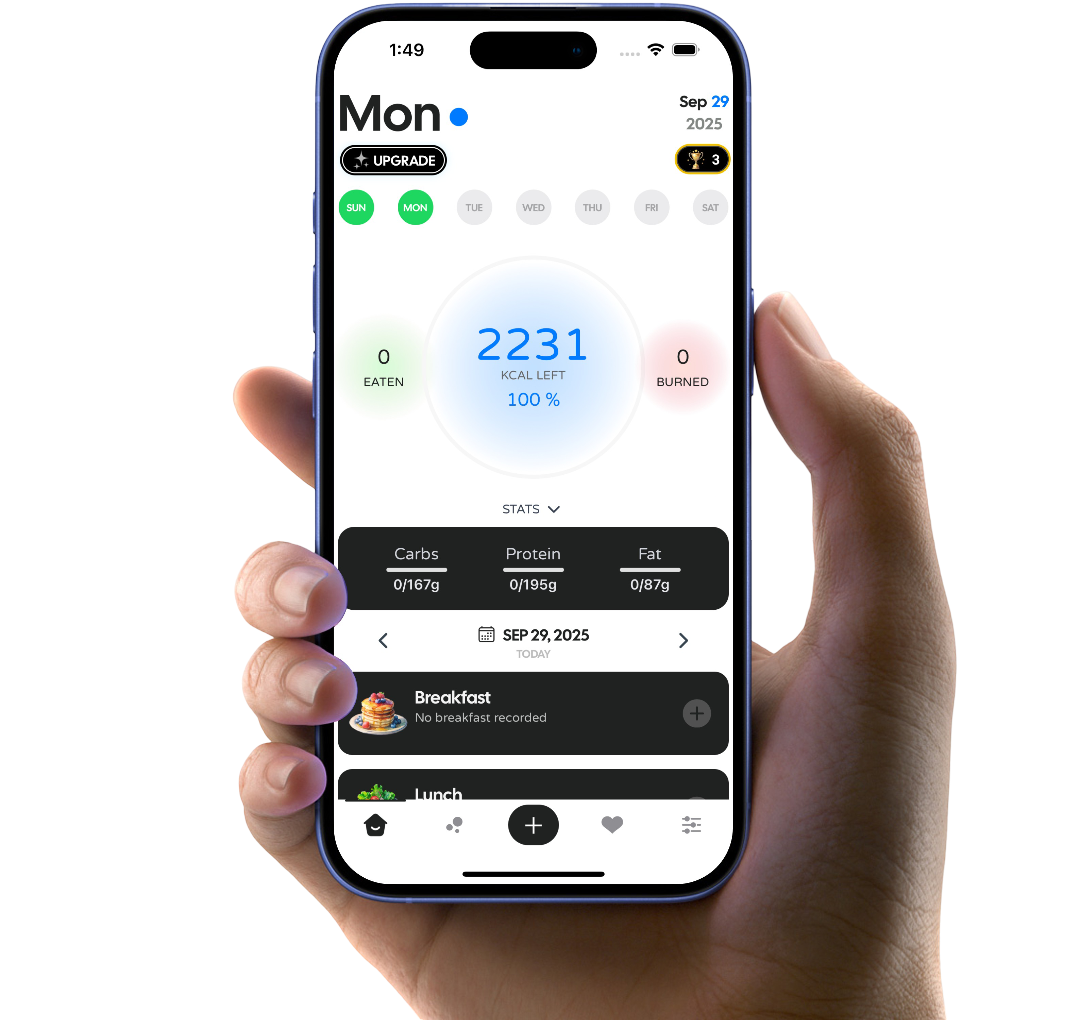Determining Your Ideal Weight
Many individuals have, at some point, attempted to lose weight or have known someone who has. This often stems from societal perceptions of an "ideal" body weight, heavily influenced by media portrayals in social media, television, movies, and magazines. However, the concept of Ideal Body Weight (IBW) was initially developed for medical purposes, specifically to estimate drug dosages. The formulas used to calculate IBW are not based on physical appearance but rather on physiological factors. Interestingly, certain medications metabolize more efficiently based on IBW rather than total body weight. Today, IBW is also utilized in sports, where athletes are often categorized by weight classes.
It's important to note that IBW is not a flawless metric. It doesn't account for body fat percentage or muscle mass, which means that highly fit athletes might be classified as overweight according to their IBW. Therefore, IBW should be viewed as an imperfect measure and not a definitive indicator of health. It's entirely possible to be above or below your IBW and still be in excellent health.
Determining an individual's ideal weight is not an exact science. It varies greatly from person to person. No single measure—whether IBW, Body Mass Index (BMI), or any other—can conclusively determine the healthiest weight for an individual. These metrics serve as general guidelines, but the focus should be on maintaining a healthy lifestyle through regular exercise, a balanced diet of unprocessed foods, adequate sleep, and stress management rather than striving for a specific weight based on a formula.
Several factors influence ideal weight, including age, gender, height, and body frame size. Health conditions, fat distribution, and genetics also play significant roles.
Body Frame Size Measurement
Women:
| Height | Small Boned (Wrist Circumference) | Medium Boned | Large Boned |
| Under 5'2" | 5.5" | 5.5" - 5.75" | 5.75" |
| 5'2" - 5'5" | 6" | 6" - 6.25" | 6.25" |
| Over 5'5" | 6.25" | 6.25" - 6.5" | 6.5" |
Men (Height over 5'5"):
| Wrist Circumference | Small Boned | Medium Boned | Large Boned |
| 5.5" - 6.5" | 6.5" - 7.5" | 7.5" |
Key Factors Influencing Ideal Weight
Age
After the ages of 14-15 for girls and 16-17 for boys, age typically shouldn't significantly impact IBW, as most people stop growing by then. However, it's natural for individuals to lose height as they age—approximately 1.5 inches for men and 2 inches for women by age 70. Aging also leads to a decrease in lean muscle mass and an increase in body fat, though these effects can be mitigated through healthy habits like proper diet, regular exercise, and adequate sleep.
Gender
Generally, women weigh less than men due to differences in body composition. Men typically have more muscle mass, which is denser than fat, and higher bone density. Additionally, men are usually taller than women, contributing to a higher overall weight.
Height
Taller individuals naturally have more muscle mass and body fat, resulting in a higher weight. For example, a man of the same height as a woman should weigh approximately 10-20% more.
Body Frame Size
Body frame size, categorized as small, medium, or large, significantly impacts ideal weight measurements. It's determined by wrist circumference relative to height. For instance, a large-boned individual will weigh more than a small-boned person of the same height.
Formulas for Calculating Ideal Weight
IBW formulas were primarily designed for medical dosage calculations. They typically start with a base weight for a height of 5 feet, with additional weight added per inch over that height. For example, a 5'10" male using the Devine formula would add (2.3 × 10) kg to 50 kg, resulting in 73 kg (~161 lbs).
G. J. Hamwi Formula (1964)
Male: 48.0 kg + 2.7 kg per inch over 5 feet
Female: 45.5 kg + 2.2 kg per inch over 5 feet
Originally created for medicinal dosage purposes.
B. J. Devine Formula (1974)
Male: 50.0 kg + 2.3 kg per inch over 5 feet
Female: 45.5 kg + 2.3 kg per inch over 5 feet
Similar to the Hamwi Formula, it became a universal standard for IBW.
J. D. Robinson Formula (1983)
Male: 52 kg + 1.9 kg per inch over 5 feet
Female: 49 kg + 1.7 kg per inch over 5 feet
A modification of the Devine Formula.
D. R. Miller Formula (1983)
Male: 56.2 kg + 1.41 kg per inch over 5 feet
Female: 53.1 kg + 1.36 kg per inch over 5 feet
Another variation of the Devine Formula.
Healthy BMI Range
The World Health Organization (WHO) recommends a BMI range of 18.5 to 25 for both men and women as healthy. BMI is a widely used metric in the medical field to assess potential health risks. Higher BMIs are associated with increased risks of obesity, diabetes, heart disease, and other health issues. It serves as a valuable tool for healthcare professionals to monitor and advise patients on their health status.






